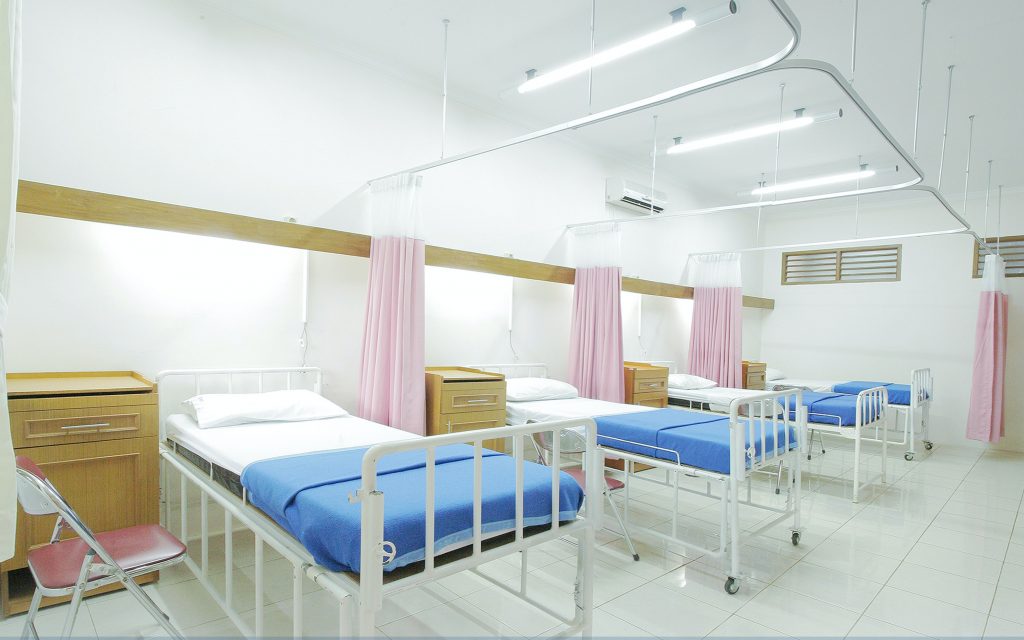 In 2015, the United Nations (UN) established the ambitious Sustainable Development Goals (SDGs) to achieve a better and more sustainable future globally by 2030. This includes the UN’s target to achieve universal health coverage (UHC) and give one billion more people quality healthcare.
In 2015, the United Nations (UN) established the ambitious Sustainable Development Goals (SDGs) to achieve a better and more sustainable future globally by 2030. This includes the UN’s target to achieve universal health coverage (UHC) and give one billion more people quality healthcare.
For health systems to achieve effective UHC, it is crucial that the care people access is safe and of good quality. Confidence in healthcare services is essential to ensure people use these services when they need to without hesitation. It is essential that improving the safety of care is integral in the journey towards UHC.
Recently, the appetite to take global action on patient safety has been increasing. In May 2019, the World Health Assembly (WHA) adopted a resolution entitled “Global action on patient safety to give priority to patient safety as an essential foundational step in building, designing, operating and evaluating the performance of all healthcare systems.
In response to this, the World Health Organization (WHO) launched their flagship initiative ‘A Decade of Patient Safety 2020–2030’ in February 2020 to define their contribution to the global patient safety movement. The WHO Global Patient Safety Action Plan 2021-2030 was put forward as a guide to improving patient safety at all levels to the WHA earlier this year. These milestones have helped prioritise patient safety at a global level.
“Previously with the SDGs, the focus has been on UHC. There’s an increasing recognition that it’s not just access to care, but it’s access to safe care that provides good outcomes. It is increasingly recognised that patient safety is not a luxury, but an essential component of health systems,” says Alex Shaw, Policy Fellow in Global Patient Safety at the Institute of Global Health Innovation (IGHI).
In 2019, the WHO also established the Global Patient Safety Collaborative (GPSC). In partnership with the UK government, the GPSC aims to enable countries to collaborate and focus on patient safety as one of the essential components to make advances towards UHC. The main objective of the Collaborative is to scale up global action on patient safety, working in three main areas: leadership, education and training and research. The WHO selected four countries to initially receive direct support as part of the GPSC: India, Pakistan, Mongolia and Kenya.
Sharing knowledge to work together
After it was established, the WHO chose IGHI as the academic partner for the GPSC. IGHI’s role is to promote collaboration between and with the GPSC’s members, producing webinars on various topics and creating resources on patient safety for WHO member states.
To date, IGHI has held sessions on a range of topics including medication safety, reporting and learning systems, and clinical aspects of patient safety in the COVID-19 pandemic. Recognising the importance of focusing the sessions on the needs of its members, the webinar topics were all requested by attendees. Those attending can include representatives from WHO country offices and representatives of ministries of health, academics, and healthcare professionals who all have a role in shaping patient safety in their respective countries. The webinars are chaired by Dr Mike Durkin, IGHI’s Senior Advisor on Patient Safety Policy and Leadership and Dr Ana Luisa Neves, Advanced Research Fellow and Associate Director of the Imperial NIHR Patient Safety Translational Research Centre (PSTRC).
Although IGHI plays an important role as a partner for the Collaborative, the knowledge is not shared in a one-way direction. An environment for shared learning is fostered through planned sessions for discussions during the webinars where members can raise the challenges they encounter and learnings in patient safety:
“There’s so much that we can all learn from each other. Shared learning underpins a lot of what is needed in patient safety and could help accelerate safer healthcare and better outcomes,” says Alex, who organises the webinars in partnership with colleagues from WHO headquarters.
Hopes and challenges
While it is still early days for the Collaborative, Alex has high hopes for what the GPSC can achieve:
“We hope that the webinars provide a safe space for opening up conversations on important topics such as estimating the burden of harm and building capacity for research.”
As a partner for the GPSC, IGHI has much more planned to support true global collaboration, including holding workshops on leadership, patient and family engagement and education and training for patient safety. The team at IGHI are also providing their expertise on a host of WHO resources such as a Leadership Competencies Framework on Patient Safety and the WHO Patient Safety Curriculum Guide. Like the webinars, they hope these resources will provide member states with valuable guidance on improving patient safety.
Find out more about the GPSC here.